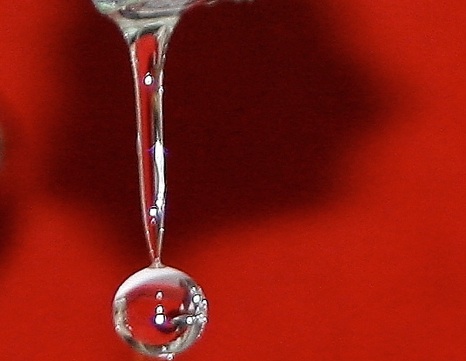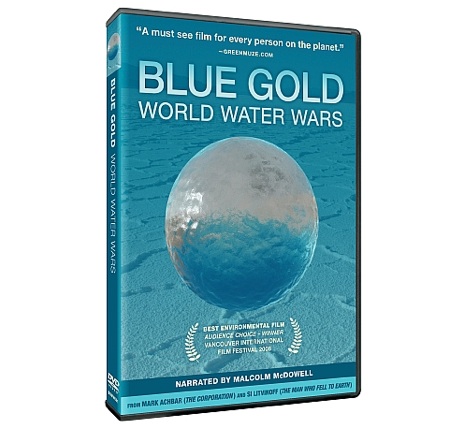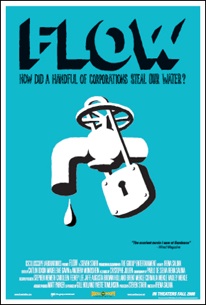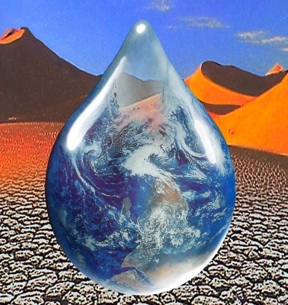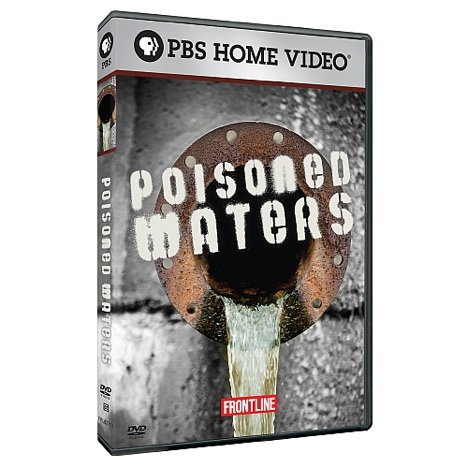There’s a lot to know about the world’s water crisis–as you can tell from the month of posts we’ve been doing on just this one topic. But if you’re new to the discussion, catch up in one weekend with these five documentaries. From in-depth background on the political, social, and economic factors that are causing the crisis to personal stories from people affected by it, you’ll understand the problem in a whole new way.
This seven-episode set (don’t worry: each is only about 22 minutes) highlights the way the water crisis affects everyday life in Bangladesh, Cambodia, Fiji, India, Kiribati, Philippines, Thailand, and Tonga. Watch as a community joins together to rescue a coral reef in Fiji, as women in India fight shortages by finding new ways to transport water, and as a handful of other men, women, and children stand up to claim enough clean, safe water for themselves and their neighbors.
For centuries, wars have been fought over precious commodities from all over the world—though, so far, water hasn’t been one of them. But according to Blue Gold: World Water Wars, that’s all about to change as political, economic, and social movements make water a limited resource in more and more international regions. The film takes viewers through the causes of the water crisis—mining, pollution, wetland destruction—and blocks out the potential effects of a water shortage. For an informative look at all parts of the problem, make sure it’s on your list of must-sees.
If you’re not even sure that fighting to own water is possible, then Flow is a good film to start with; the award-winning documentary asks that exact question, and then sets about answering it through interviews with scientists and activists, and in-depth discussions of, as the film refers to it, “the growing privatization of the world’s dwindling freshwater supply.” But it’s not all gloom and doom: filmmaker Irena Salina also looks at the solutions, individuals, and companies that are developing ways to stem the tide of water damage.
The 2005 film Running Dry took its cues from Senator Paul Simon’s book Tapped Out: The Coming World Crisis in Water and What We Can Do About It—and was so well-received that it inspired the Senator Paul Simon Water Act for the Poor, which allocates government funding to provide clean, safe water in areas that otherwise wouldn’t have it. Narrated by Jane Seymour, the film tackles the global water crisis from all angles, while the 2008 sequel, The American Southwest: Are We Running Dry? focuses on domestic water shortages.
For a look at how the water crisis affects the US closer to home, try the PBS documentary Poisoned Waters: the film showcases the cleanliness and health of Puget Sound and the Chesapeake Bay and uses them as barometers for the overall quality of the nation’s fishing areas—then explains why clean water is such a critical part of our lives and those of our marine life. It’s a solid reminder that having enough water won’t help if that water isn’t clean and safe.
Источник: http://www.treehugger.com/
Dear User/Visitor! Please, answer on our questions: tick off one of the positions – your answer will make us able to improve our site and make it more interesting and useful!

